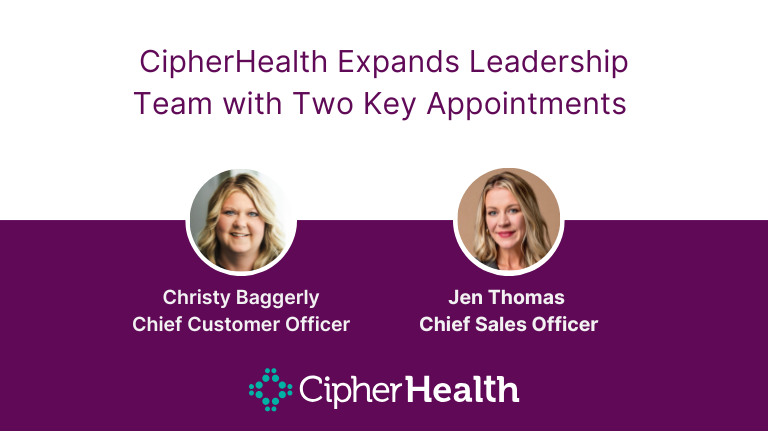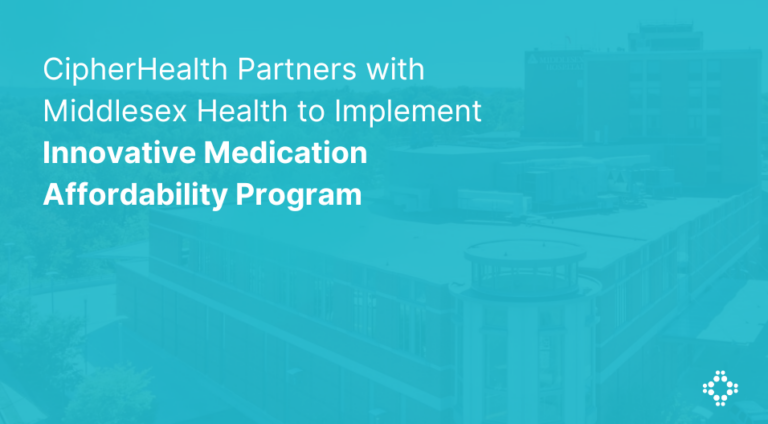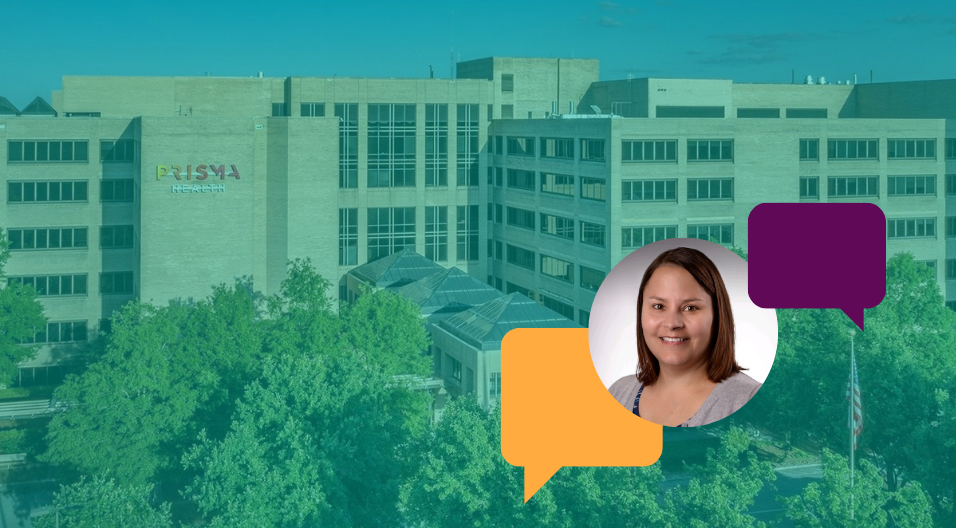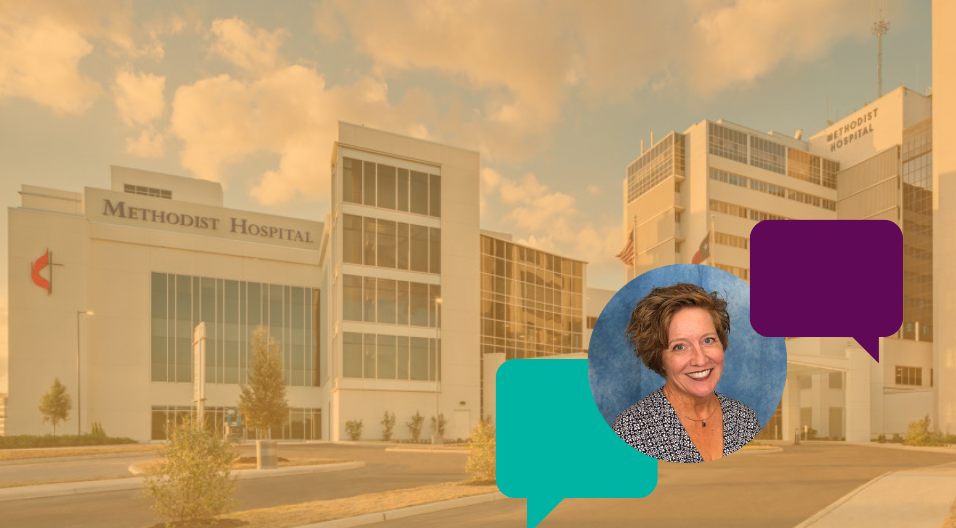At HCA Healthcare, ensuring that patients continue to receive the care they need after leaving their facilities is paramount. Kellie Paulsen, MSN, RN, NE-BC, Division Director of Patient Experience at HCA Healthcare Central/West Texas Division recently discussed the innovative strategies HCA employs to achieve this through their partnership with CipherHealth. The conversation took place during our panel webinar Successful Patient Follow-Up Strategies.
Implementing post-discharge outreach across Central/West Texas
Paulsen discussed how HCA’s Central/West Texas Division rolled out and implemented their post-discharge outreach program. She supports HCA’s Austin and El Paso market hospitals, including more than 175 sites of care. HCA is one of the largest systems in Texas, employing over 15,000 employees.
Prior to partnering with CipherHealth, the team at HCA knew how important it was to reach every patient after they left a care site, but the challenge was finding the resources for it. Their post-discharge outreach program started at one site, and in 2019 the program quickly scaled across the entire division to include 9 hospitals.
Across sites, the main objectives included reaching out to 100% of patients and providing a safety touchpoint to ensure they receive necessary care post-discharge. Additionally, HCA wanted to reduce the number of manpower hours required for discharge calls. There is also a focus on upstream learning to enhance the discharge process and efforts specific to each department.
Supporting patients through a decentralized approach to outreach
HCA’s callback program is decentralized, spanning Inpatient, OB, Same Day Surgery, and Emergency Department Outreach. Each one of these programs is responsible for calling their patients back.
Before discharge, patients are informed about the program verbally and through discharge instructions. Once home, patients are called or receive a text message within 24-48 hours. If a patient requests a call back, the alert is routed to the proper care team who is notified with the patient’s concerns. All of the documentation is tracked and the data from the aggregate calls is accessible to the leaders.
Paulsen shared, “We have a decentralized callback program where we leverage CipherHealth to do outreach. We just were not able to resource [outreach to] a hundred percent of our patients, which is what our goal was. Cipher lets us do that and lets our departmental and clinical leaders target their callback efforts towards the patients who have engaged with the system and asked for us to call them back.”
Holding care teams accountable
Paulsen shared strategies for staffing and accountability at HCA. The team has established clear escalation pathways to guarantee timely callbacks for patients, with accountability alerts set at 24 and 72 hours post-request. Additionally, they share patient feedback widely, highlighting the program’s value and fostering healthy competition among team members to maintain quick follow-up times.
Driving quality and safety initiatives through proactive data sharing
Paulsen and the HCA Central/West Texas team use CipherHealth’s reporting tool to effectively track and monitor their progress. This tool is particularly valuable for gathering detailed feedback from patients. In their communication scripts, there’s a feature that allows patients to provide feedback about their experience either through voice recordings or text messages. This is then compiled into a weekly report, which the team’s leaders use to help them make informed decisions.
Adapting communication to meet the community’s needs
Paulsen underscored the importance of tailoring outreach strategies to meet the needs of diverse populations. In El Paso, where 50% of the population speaks Spanish, Paulsen stressed that adapting outreach methods to better engage with the community is key.
“Know your audience,” she said, “and really don’t be afraid to adapt and make changes until you get it right.”
For more information, watch the webinar on demand.










